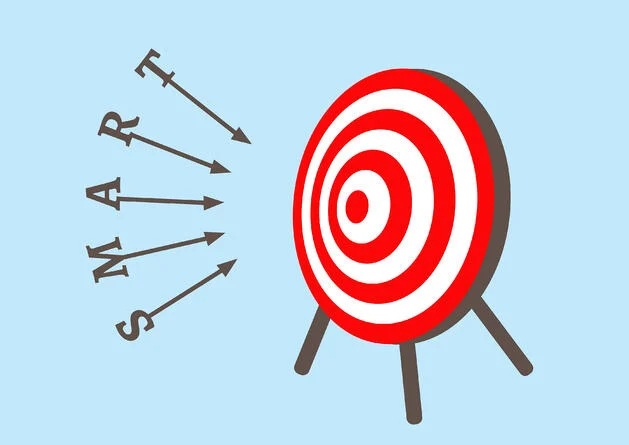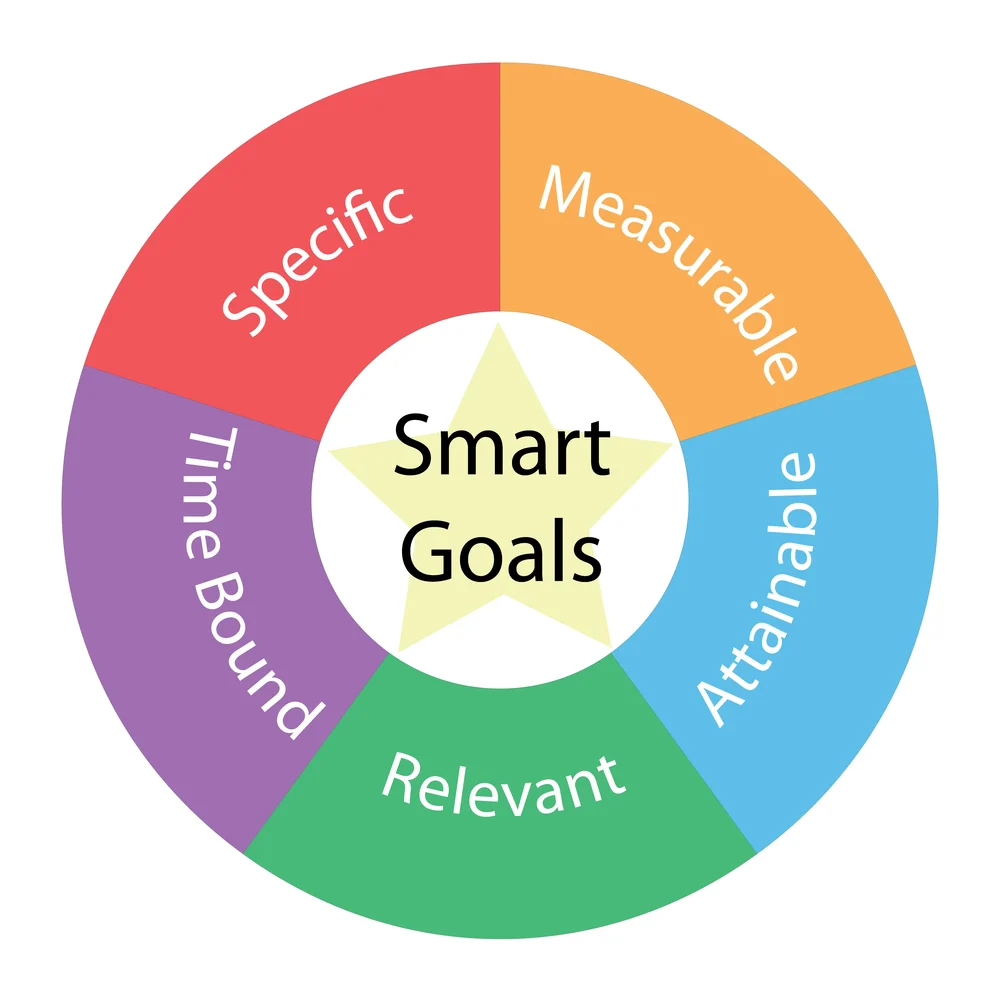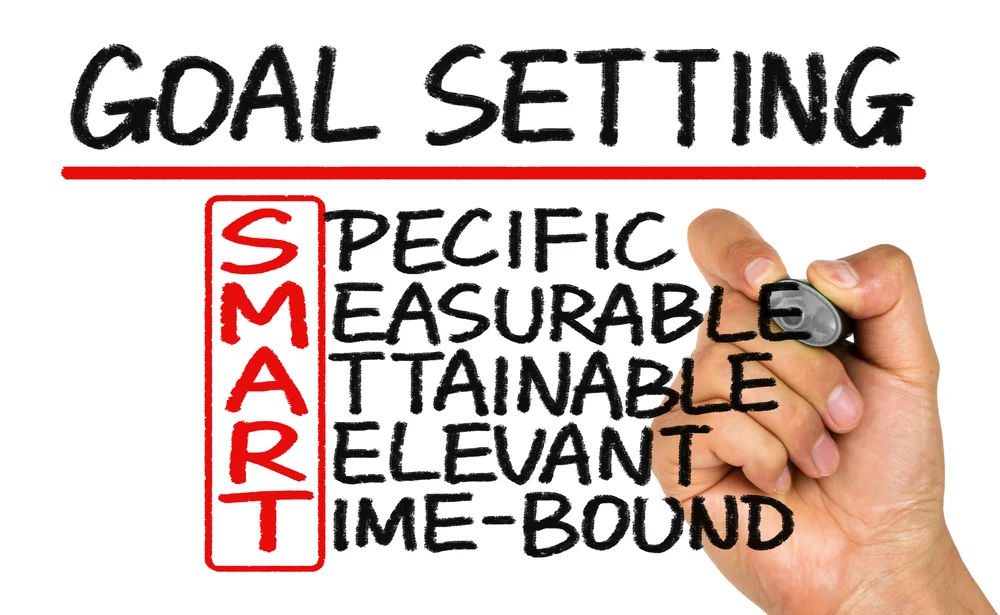Table of Contents

When I was 14, my dream was to be a high school baseball player. The problem was, I only weighed 100 pounds, and even after four years of trying to build muscle and improve my skills, it seemed like there was still a long way to go. Luckily, my coach knew how to increase my chances of getting what I wanted faster by setting SMART Goals.
The coach tried to think that long-term goals should be broken down into short-term goals, and the coach reinforced that idea to all of us. The coach then had everyone write down their training goals in their minds, but he wouldn’t accept them until we could tell him what our goals were and how to achieve them.
Setting goals is more important than developing physical strengths. Every year I set goals and set a clear path to reach them, and finally, when I was in high school, I received a baseball scholarship.
I feel that Smart Goals are sacred. I am confident that I can be a baseball player in school because my coach taught me to set Smart Goals. It is similar to how marketers always put a number on their goals because that is their Smart Goal.
Did you know that setting a SMART goal not only helps me succeed in baseball, but it also helps you become a better marketer?

What is a Smart Goal?
SMART Goals are concrete goals that you must strive for and achieve within a specified time frame. These goals must be carefully drafted and you must be committed to achieving them.
SMART is an acronym for the special characteristics you must have in your SMART Goal.
S: Specific means that your SMART Goal must be specific.
M: Measurable means that Smart Goals must be measurable.
A: Attainable means that SMART Goals must be based on reality in order to be achievable.
R: Relevant means that Smart Goal must have a good relationship with us and the organization.
T: Time bound means that Smart Goal must have a specific and clear time frame.
Specific
A SMART Goal must be specific. When you say that you have a goal to do a better job, that is not a SMART Goal because it is not specific. But you have to tell yourself what will make you do a better job and how much better. The work of a marketer must involve KPIs, so you should choose specific KPIs that will help you improve your work, such as measuring results from visitors, leaders or customers.
For example, you have a goal of increasing your blog traffic via email. You need to know who is involved in this process and what areas need to be improved so that you can reach your goal.
Measurable
A SMART Goal must be measurable, meaning you must be able to track your progress. Simply saying you are increasing your traffic volume is not a SMART Goal because it is not measurable.
You need to determine how many emails you need to send to increase traffic. You need to know the volume of your target that you want to reach, or the percentage that you want to increase in visitors or customers.
At this stage, the SMART goal would be: I need to increase my blog traffic from email by 25% per month. This means you know what you want to increase and how much.
Attainable
SMART Goals must be achievable and can be accomplished by your team. They must be realistic. For example, if your traffic increased by 5% last month, you should aim for 8-10% this month. Aiming for 25% seems unrealistic.
It would be very dangerous to set your goals without analyzing them with the company’s standards. It would be like biting more than you can chew. So, be sure to consider the feasibility of your SMART Goals so that you don’t fail to achieve them.
Relevant
Your SMART Goals need to be related to your company’s business goals. If you are aware of this fact, you will be able to set SMART Goals that benefit your company, not just your department. For example, your business may have relied on traffic flow to generate revenue, but today’s SMART Goals are aiming to increase traffic by 8-10% per month, and this increase in traffic will be in line with an increase in revenue for your business.
Time-bound
SMART Goals must have a clear time frame and must not be too long, so it is advisable to put a deadline in the goal. However, the time frame should not be too stressful, which will be beneficial in the long run. For example, you can set the first option to increase the traffic of the Blog by 5% per month to lead to a 30-35% increase in traffic in the first half of the year, or set to increase traffic by 15% without a deadline, to increase traffic by 30-35% in the first half of the year. If you set according to the first option, then you understand SMART Goals.

Examples of Smart Goals That Make You a Better Marketer
If you want to understand more about Smart Goals, check out the example below.
1. Blog Traffic Goal
Specific: I want to increase my blog traffic by increasing my publishing frequency from 5 to 8 times a week. My writers will be assigned 2 articles per week to 3 articles, and my editors will be assigned 1 article per week to 2 articles.
Measurable : Increased by 8%
Attainable: Last month, traffic increased by 5% when increasing publishing frequency from 3 to 5 times per week.
Relevant: Increasing Blog traffic will increase brand awareness and create more sales opportunities, resulting in a higher chance of closing a sale.
Time bound: End of this month
Smart Goal: Our blog will grow its traffic by 8% by the end of this month by increasing the frequency of publishing from 5 posts to 8 posts per week.
2. Facebook Video Views Goal
Specific: I want to increase the number of viewers of my Native videos by mixing my video content from 8 topics to only 5.
Measurable : The target is 25%.
Attainable: When we reduced the mix of video content on Facebook from 10 to 8 trending topics six months ago, average views increased by 20%.
Relevant: Increasing average views per Native video on Facebook will increase social media following and brand awareness by reaching more target customers with our video content.
Time bound : within 6 months
Smart Goal: Increase average Native Video views by 25% by mixing content from 8 topics to 5 popular topics within 6 months.
3. Email Subscription Goal
Specific: I want to increase my email blog subscribers by increasing my Facebook advertising budget on blog posts that historically receive the most email subscribers.
Measurable : Want to increase by 50%
Attainable: In the past three months, using this strategy, we have been able to increase our membership by 40%.
Relevant: This increase in member numbers will increase brand awareness and increase sales opportunities for the sales team.
Time bound : 3 months
SMART Goal: Increase Email Blog subscribers by 50% by increasing Facebook advertising budget on blog posts that have historically generated the most email subscribers within 3 months.
4. Webinar Sign-up Goal
Specific: I want to increase the number of attendees for my Facebook Messenger seminar by promoting it through social media, email, blog and Facebook Messenger.
Measurable : Want to increase by 15%
Attainable: After the last social media, email, and blog message, there was a 10% increase in applicants.
Relevant: The more applicants, the more sales opportunities there are.
Time bound: within 10 April, which is the seminar date.
Smart Goal: We want to increase the number of people who attend our Facebook Messenger seminar by 15% by promoting it through social media, email, blog and Facebook Messenger by April 10th, which is the seminar day.
5. Landing Page Performance Goal
Specific: Want to create sales opportunities by increasing the visits to the Landing Page by changing the Landing Page format from one column to two columns.
Measurable : Increase sales opportunities by 30%
Attainable: In tests using one-column and two-column landing pages, two-column was found to be 27% better than one-column.
Relevant: If you can get more customers to your landing page, it will increase sales and allow your sales team to close more deals.
Time bound: 1 year from now
Smart Goal: Want to increase sales opportunities by 30% from Landing Pages within 1 year by changing the Landing Page format from one column to two columns.
6. Link-Building Strategy Goal
Specific: Want to increase organic traffic to the Website using link-building strategies so that others can link to our Website to increase the ranking in Google search and to be able to generate more organic traffic.
Measurable : 40 backlinks to Company Homepage
Attainable: According to SEO analysis, there are currently 500 low-quality links leading to the company’s homepage from different places on the Internet, and every month 10 Inbound Links are created without any publication, so it is possible to add 40 inbound links from a link-building campaign.
Relevant: Organic traffic is an important source of information. Backlinks are the medium that will generate Organic Traffic to the Website.
Time bound : 4 months from now
Smart Goal: Create 40 Backlinks to www.ourcompany.com within 4 months to increase organic traffic to the Website.




